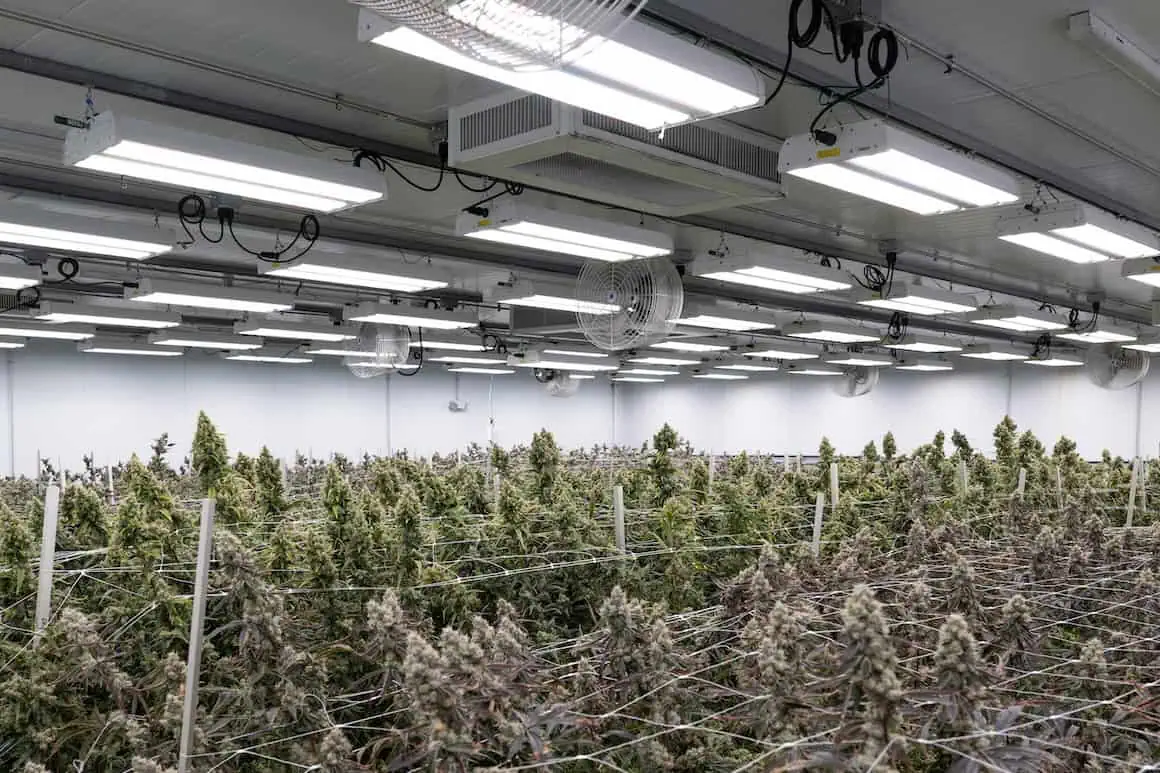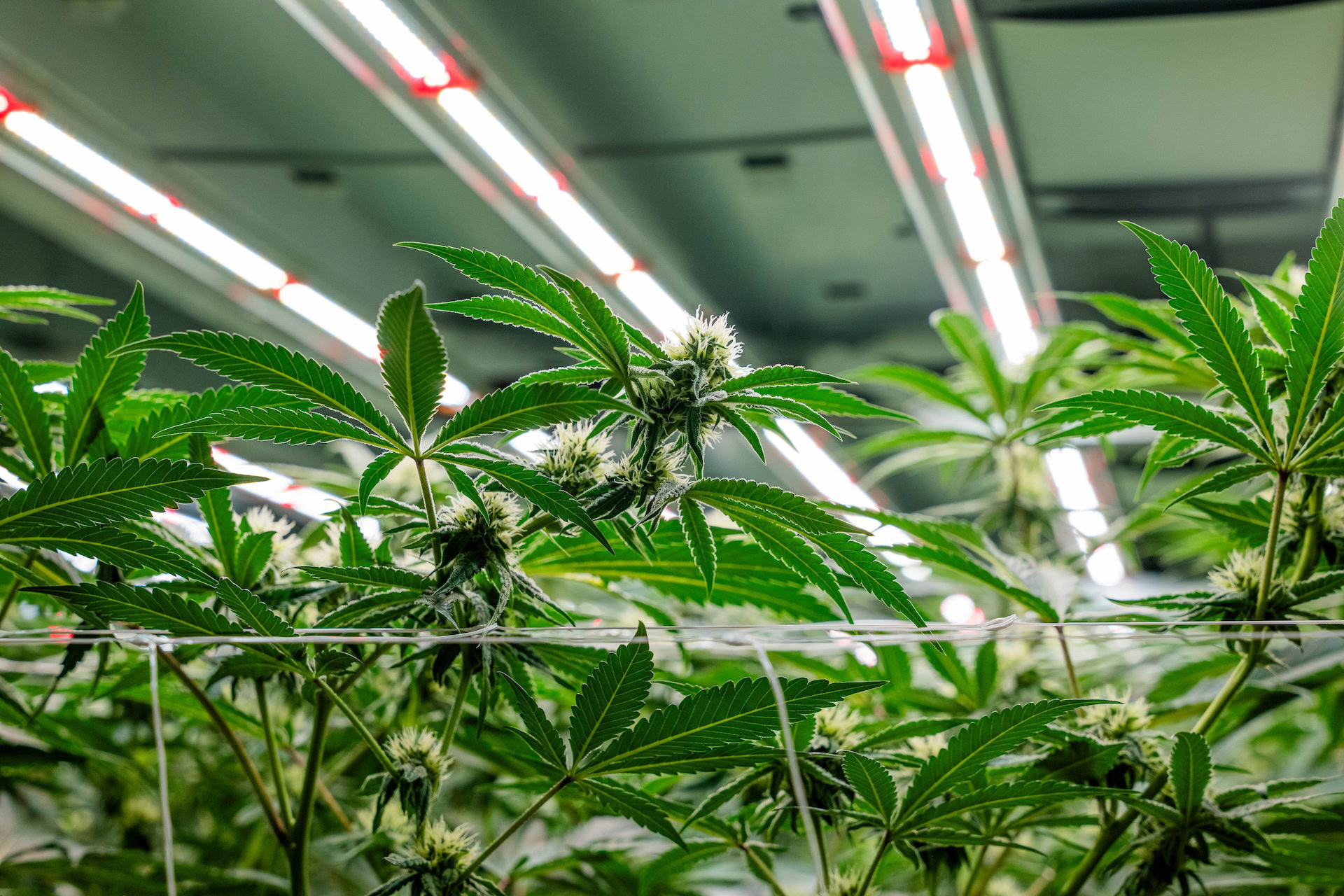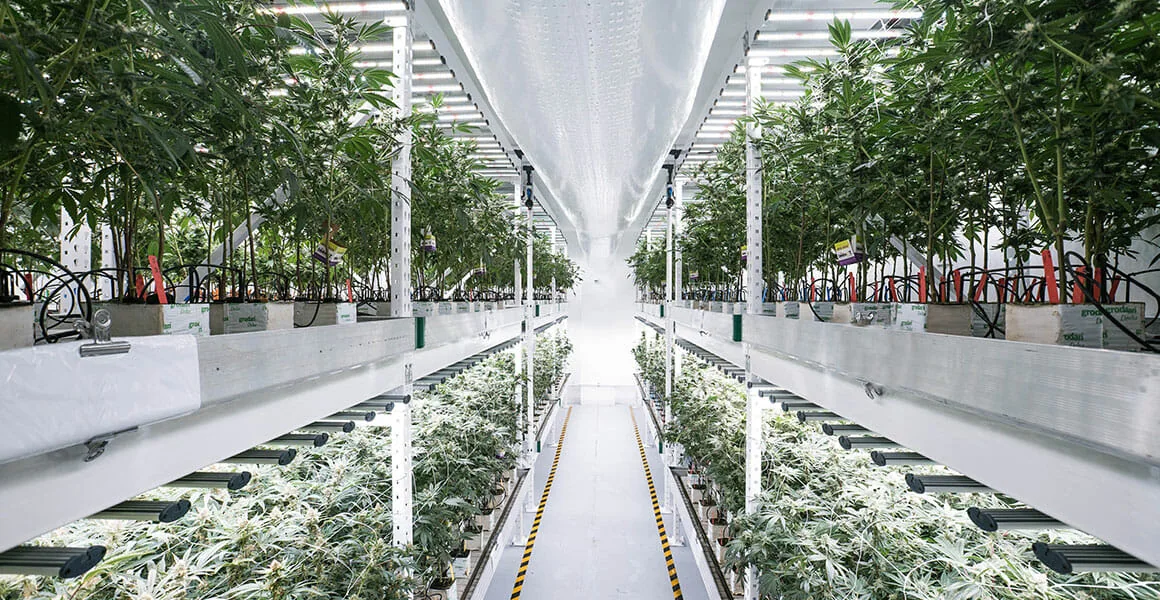Cannabis genetics can be unpredictable—even experienced growers know that a strain that thrives in one environment might struggle in another, despite seemingly identical conditions. In this webinar, industry veterans Kevin Jodrey and Ben Lind dive into the complexities of
cannabis breeding and cultivation, sharing practical insights on everything from why genetics behave differently across environments to the exciting potential of polyploid breeding.
Whether you’re trying to understand why your favorite strain suddenly changed character or looking to educate consumers about the diversity cannabis has to offer, these conversations offer real-world wisdom from the field.
Environmental Genetics & Cultivation
Q1: Why do some cannabis genetics behave differently in certain environments, even when conditions seem stable?
Kevin Jodrey: Some cultivars may express unexpected traits when grown in a specific environment, even if that environment appears consistent or within optimal ranges. This is typically due to subtle, often undetectable stressors—such as minor shifts in humidity, temperature, or other microclimatic variables—that may not have been present in previous grow settings.
These variations can trigger a genetic response, revealing traits that the plant’s genetic profile allows but doesn’t always express. This highlights the importance of breeding for environmental stability and understanding how genetics can interact with even the most controlled cultivation conditions.
Q2: Should breeders provide growers with optimized cultivation “recipes” (e.g., spectrum, VPD, fertigation) for each genetic they release?
Kevin Jodrey: Yes—especially when genetics have undergone trialing and R&D. Providing cultivation guidelines helps growers reproduce the intended phenotype and maximize performance. This includes environment-specific inputs like lighting spectrum, vapor pressure deficit (VPD), and watering schedules. When such information is shared, it creates consistency, strengthens the grower-breeder relationship, and supports better outcomes across the board.
Unfortunately, many genetics are released without testing, making it difficult to provide guidance. For those that are trialed, sharing grow “playbooks” can be invaluable for commercial and
craft cultivators alike.
Q3: How can growers identify genetics suited to specific climates, such as Mediterranean versus northern conditions?
Kevin and Ben: The best way to source climate-adapted genetics is to work with breeders operating in those environments. For example, cultivars developed in hot, arid regions are more likely to thrive under similar conditions elsewhere. Regional pests, microbial threats, and environmental rhythms all influence which genetics will succeed in a given location.
Rather than attempting to adapt genetics bred for different climates, cultivators are better served by partnering with local breeders or selecting varieties that have demonstrated performance in comparable conditions. This strategy allows growers to work with plants that are already attuned to their unique challenges.
Consumer Education & Market Development
Q4: How can the cannabis industry better educate consumers on the wide range of experiences different genetics can offer?
Kevin Jodrey: Consumer education begins with collaboration among breeders, producers, and marketers. By jointly promoting unique and emerging genetics—not simply for sales, but for awareness—the industry can help consumers recognize and request more
diverse cannabis experiences. Using collective platforms, such as social media, to spotlight new or underrepresented genetics can create grassroots demand.
This demand, in turn, encourages retailers and distributors to take risks on lesser-known cultivars. The process relies on industry players amplifying each other’s work, even without direct benefit, to broaden consumer exposure and drive variety at the shelf level.
Cutting-Edge Genetics & Research
Q5: What genetics are you most excited about right now?
Ben Lind: While it’s difficult to choose favorites, the current excitement centers on triploid and tetraploid populations. These advanced genetic groupings reveal unexpected combinations of aroma, structure, and performance. In some cases, they’re producing traits that were not previously thought possible in cannabis—such as unique terpene blends or novel expressions from chromosome pair manipulation.
This area of research and breeding is still in its early stages but holds tremendous promise to unlock new dimensions of the plant’s potential.
Post-Harvest Considerations
Q6: What factors influence the shelf life of cannabis genetics post-harvest?
Kevin Jodrey: Shelf life is closely tied to how the plant grows and its chemical composition. Generally,
cannabis that is cultivated outdoors using biologically driven methods tends to have a longer shelf life than indoor-grown flower produced in highly controlled, chemically managed environments. One key factor is the presence of higher levels of fats and waxes in outdoor-grown plants, which can slow down tissue degradation.
Certain regional genetics—particularly those from equatorial climates—naturally resist microbial breakdown due to their evolutionary adaptations, whereas others degrade more quickly because they were historically intended for immediate extraction rather than long-term storage. Stability can also be influenced by terpene profile and pigment concentration, with lighter-colored or antioxidant-rich varieties often retaining visual and aromatic quality longer.
Sustainable Breeding & Traditional Genetics
Q7: Can landrace or traditional genetics be modernized for export markets while preserving sustainability?
Ben Lind: Yes, traditional genetics can be refined through selective breeding while retaining their regional advantages. A highlighted project in Jamaica demonstrated how local landraces—used for generations in low-input environments—can be improved for yield, mold resistance, and market-ready traits without sacrificing their natural resilience.
Through careful pheno-hunting and modern breeding techniques, these cultivars were adapted to meet global standards for export while remaining environmentally and culturally sustainable. This approach supports small-scale farmers by giving them access to viable genetics for commercial production without requiring excessive infrastructure or input costs.


